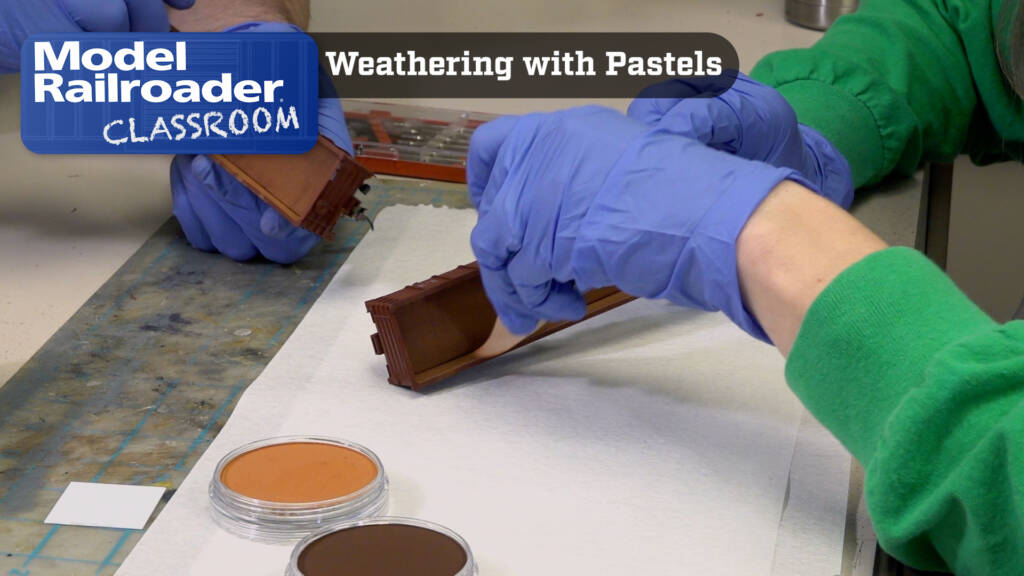
Freight Car Class: Lesson 3, Weathering with Pastels | Transform pristine products into well-weathered, prototypical models using various powdered pastel techniques! In this segment of the freight car series, you’ll learn how to apply powdered pastels with brushes, makeup applicators, and artist sponges to simulate realistic rust. Discover how to use two shades of rust pastel […]
Read More…
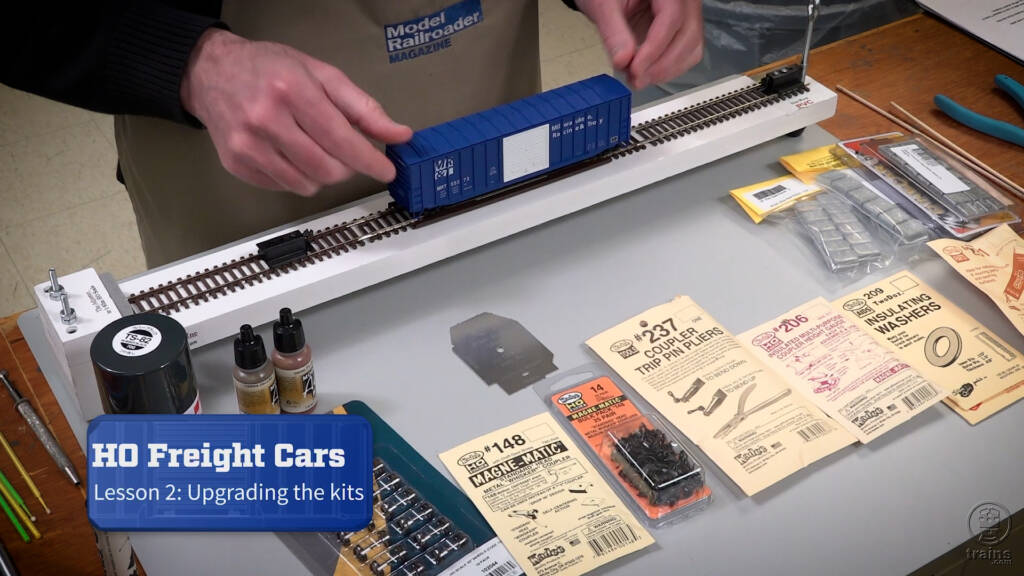
Freight Car Class: Lesson 2, Upgrading Kits for Better Operation | In this lesson, David shares essential steps for upgrading your model’s operation and realism. First, you’ll learn how to use the NMRA recommended practice (ARP 20.1) to calculate the target weight for your car, and how to install a peel-and-stick weight to achieve that […]
Read More…
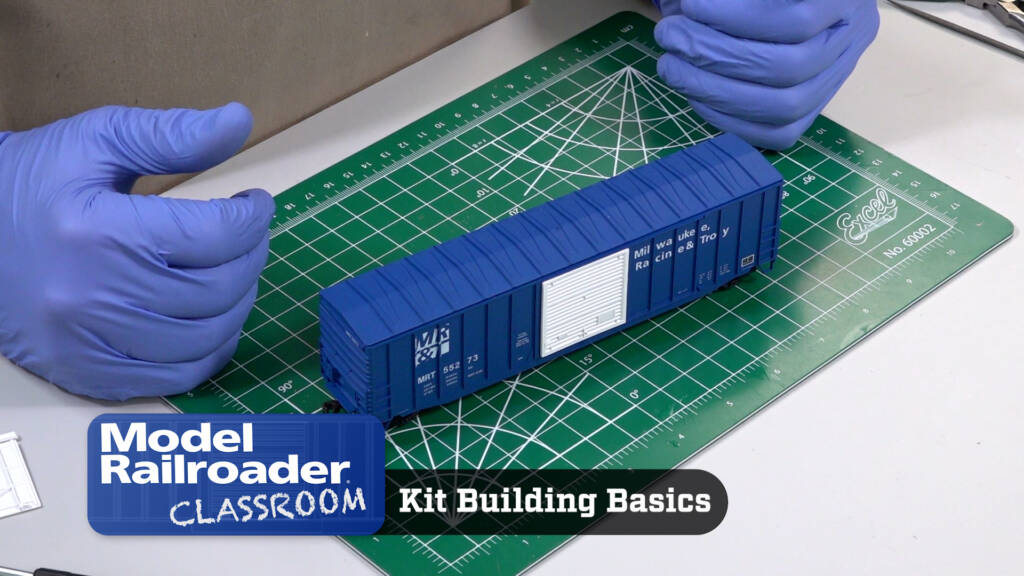
Freight Car Class: Lesson 1, Kit Building Basics| Building, operating, and weathering freight cars are essential skills for any modeler to acquire, regardless of experience level. This five-part video series is designed to help you create better freight cars! In the first lesson, expert instructor David Popp gets things rolling with the basics of kit […]
Read More…
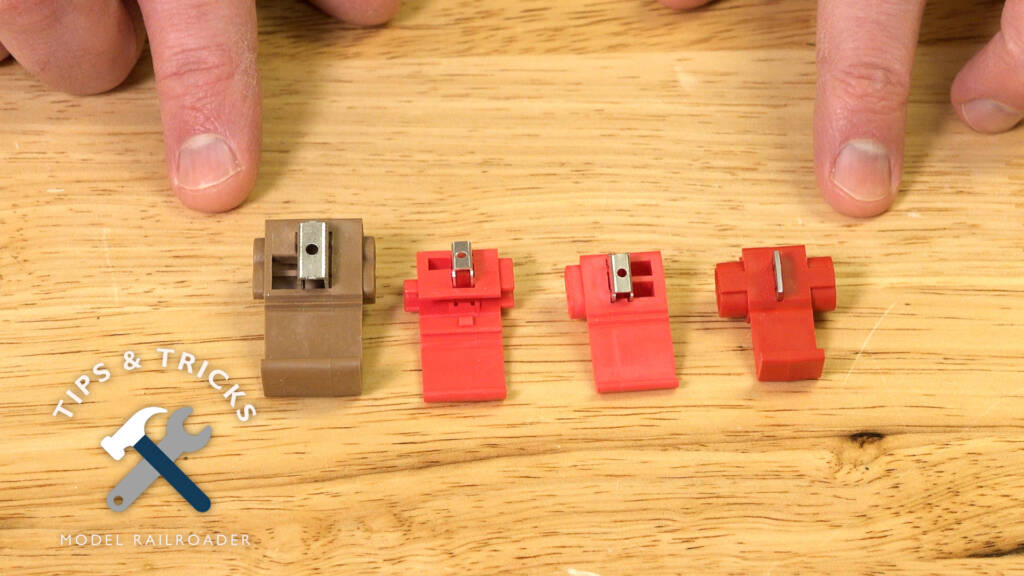
Working with suitcase connectors | While also known as insulation displacement connectors, the name “suitcase connector” is a more common term used to describe one the most helpful fasteners in all of model railroading. These plastic cases include a conductive metal blade used to bridge (electrically) two press-fit wires. Let David show you how to […]
Read More…
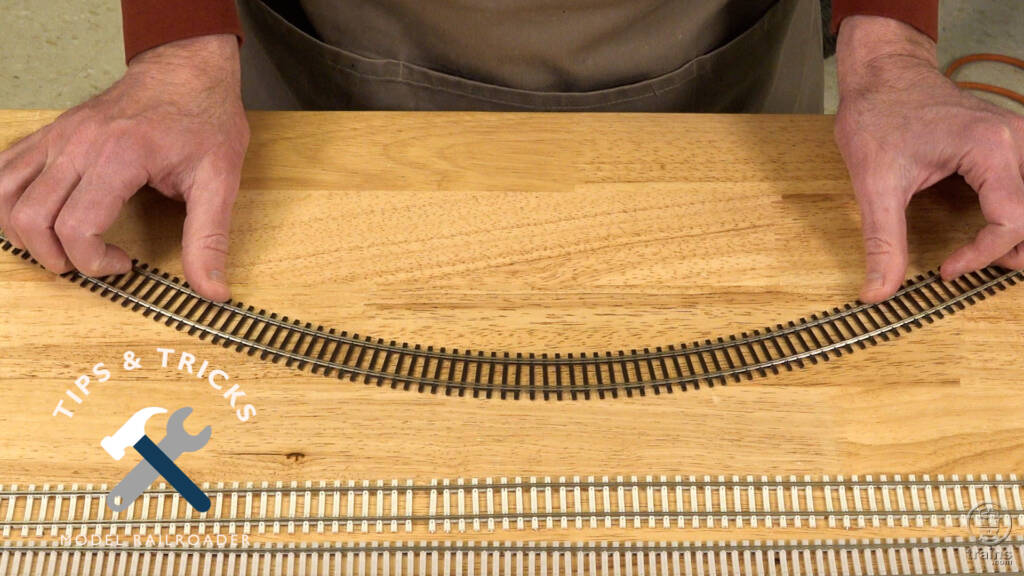
Track selection and tracklaying insights | Join David, as he first surveys a wide array of flexible trackwork offerings, and then shares helpful tips and tricks for properly preparing and installing sections of flex track on your next model railroad! Be sure to find other helpful videos like this in the How-to category on Trains.com […]
Read More…
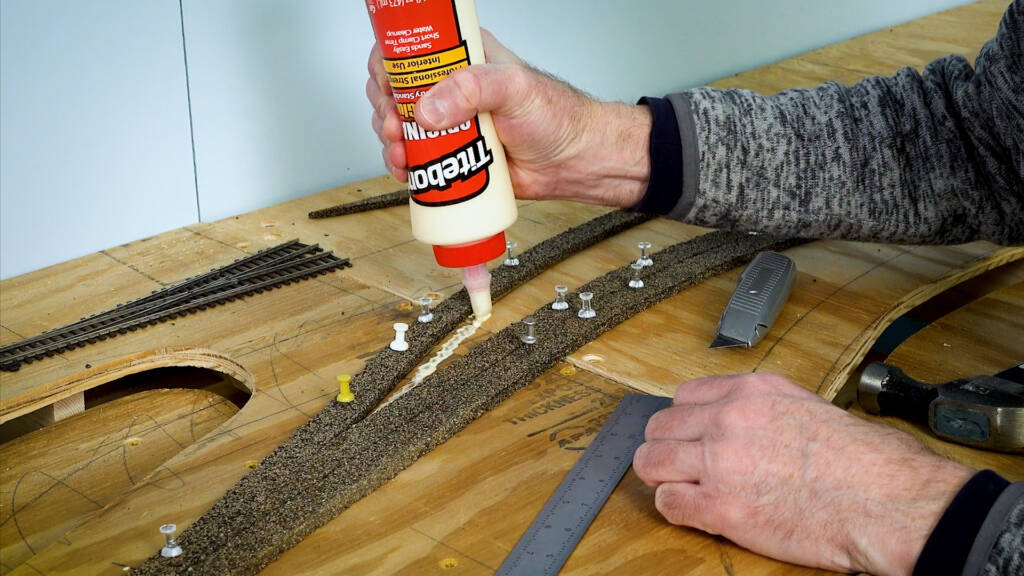
Installing roadbed at turnouts | Watch and learn how to lay cork roadbed material under track switches of any scale or gauge. Follow along with David’s helpful tips and tricks, and you’ll be well under way to providing a smooth and level base for under the most critical locations of your model railroad trackwork! Be […]
Read More…
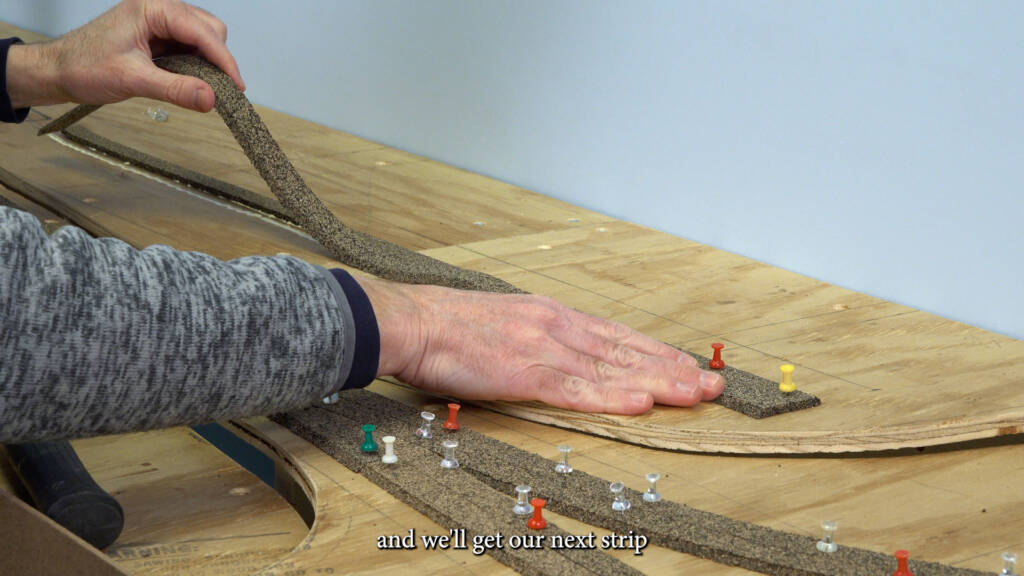
Choosing roadbed | While adding track to your subroadbed layout base is an possible, you’ll want to consider installing an additional, more realistic layer of material specifically designed to support and secure your trackwork. Follow along as David shares various roadbed options that can be used across layouts of all sizes and scales! Be sure […]
Read More…
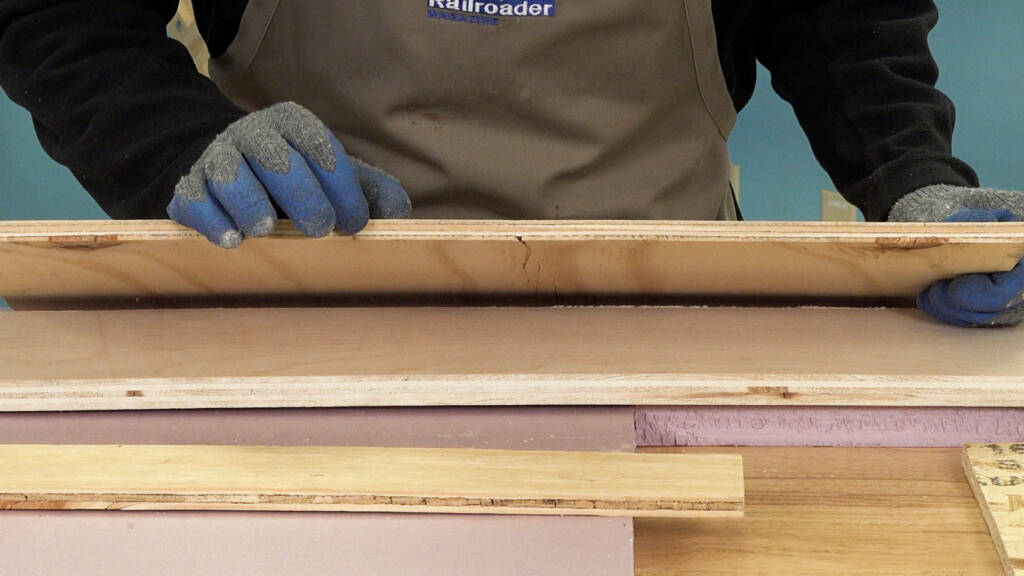
Evaluating subroadbed options| When it comes to building a new model railroad, the foundation you use to support your trackwork and scenery is especially important. Taking numerous factors under consideration (e.g., cost, easy of use, durability, etc.), expert layout builder David Popp shares info and insights you need to know before making your choice! You […]
Read More…

Determining reasonable reach | David Popp shows you how to establish the most reasonable depth — distance from front edge to backdrop — for a model railroad. Along the way, he’ll share helpful measurements and practical insights for keeping your layout functional and fun to run! You can learn more about benchwork construction in the […]
Read More…
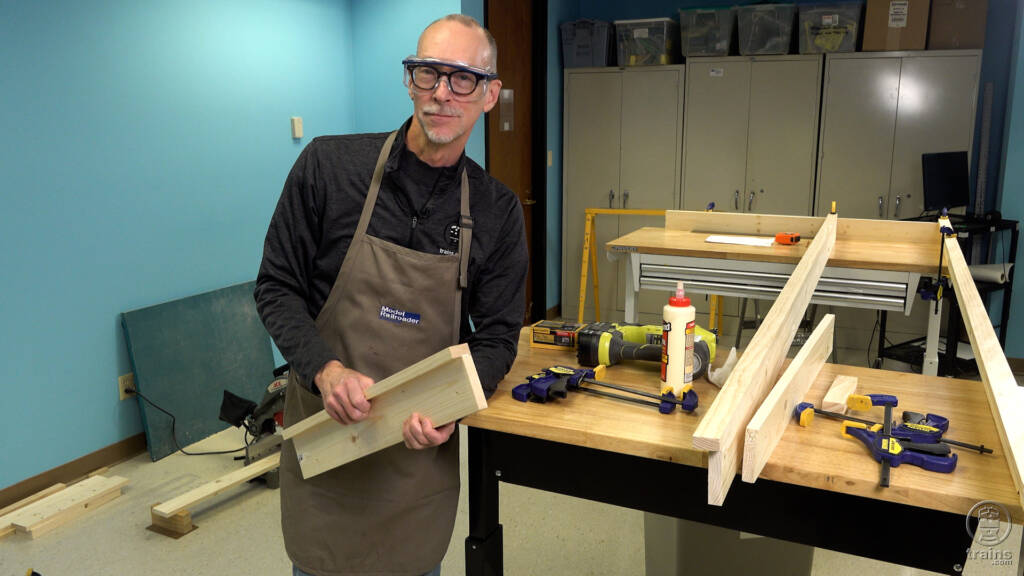
Building L-girders| Watch and learn as David Popp demonstrates how to assemble one of the most essential and versatile components of a model railroad! You can learn more about benchwork construction in the East Troy Industrial Park project layout video, “Building a frame”. Plus, you’ll want to be sure to find other helpful videos like […]
Read More…
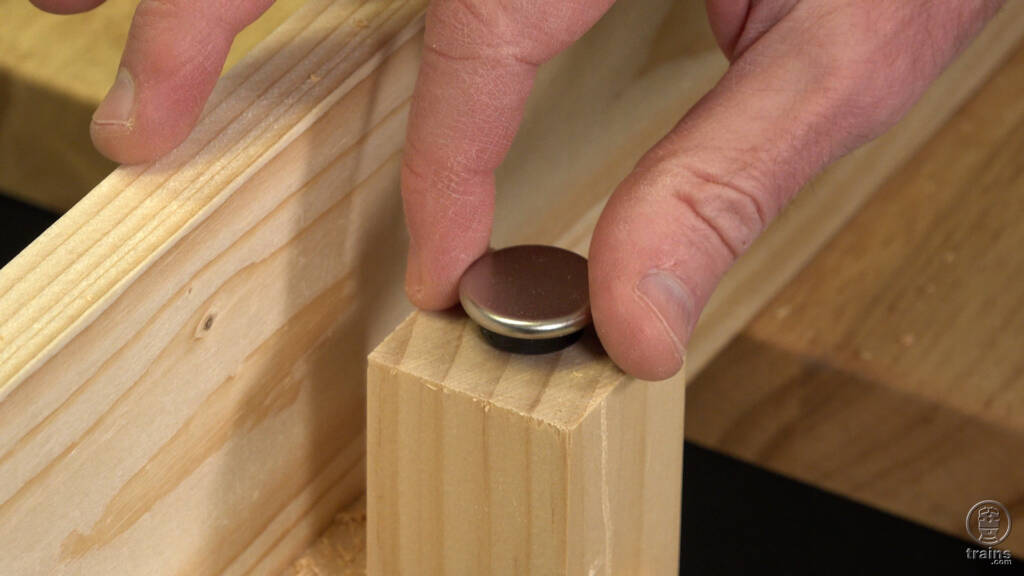
Adjusting leg height| In instances where the floor isn’t quite as flat as it looks, David Popp shows how to install adjustable feet or glides on layout legs…and then use them to level out any troublesome height discrepancies across your model railroad! You can also read about this technique in the Trains.com article, “How to […]
Read More…
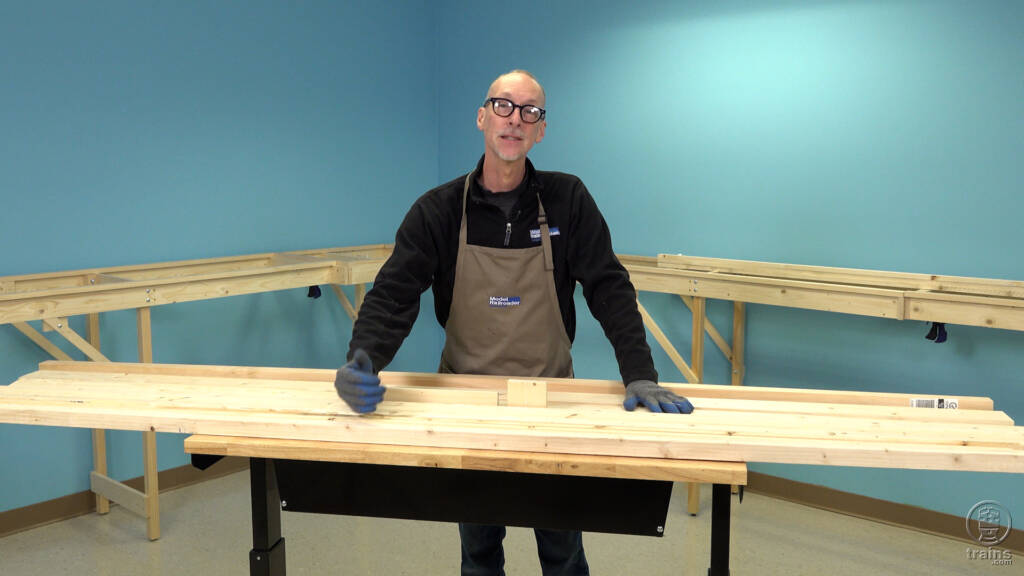
Selecting lumber for your layout| With a wide array of wood grades available at major home improvement centers, it’s important to know what works best verses what is the most economical. Making the wrong choice of lumber can lead to issues in benchwork construction…and even in trackwork, scenery, and layout operation too! No worries. David […]
Read More…












